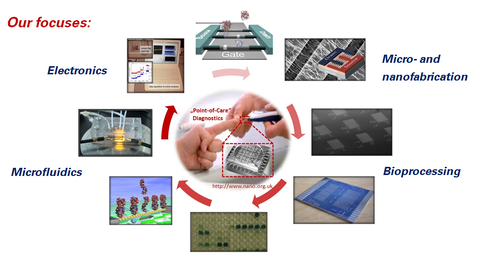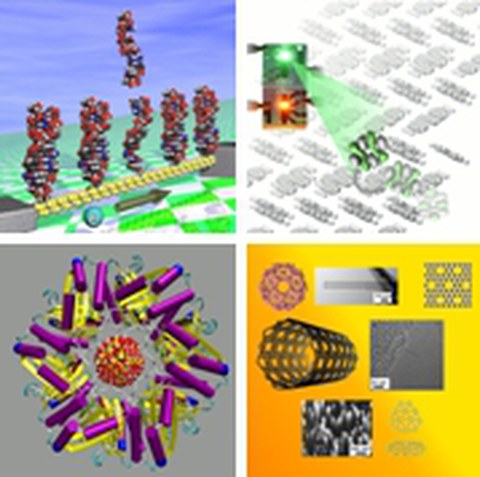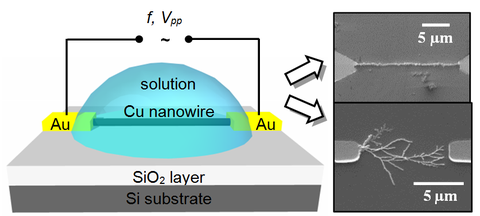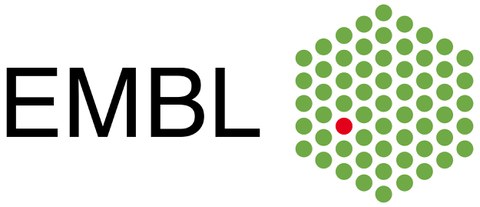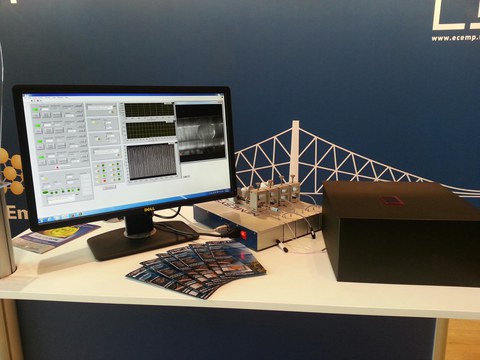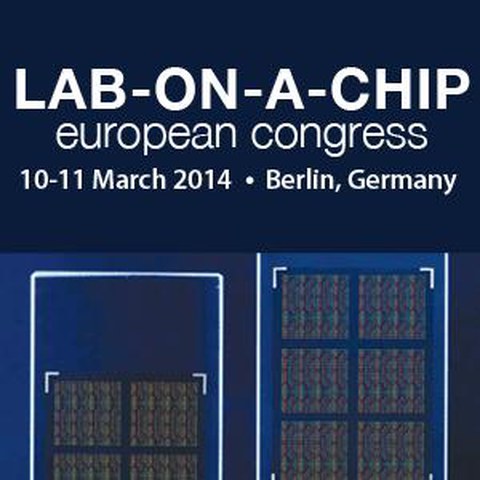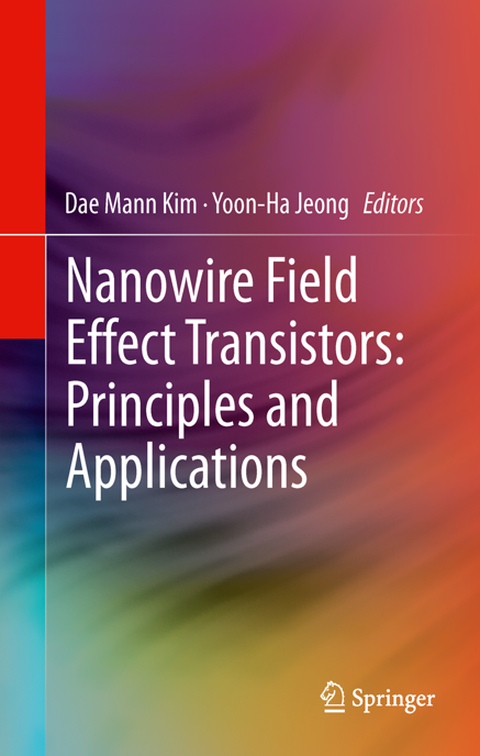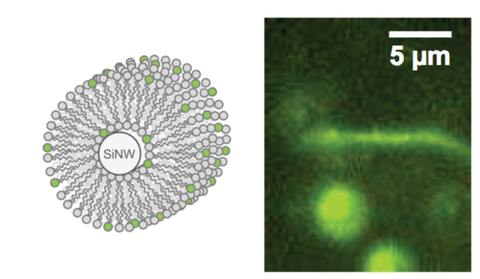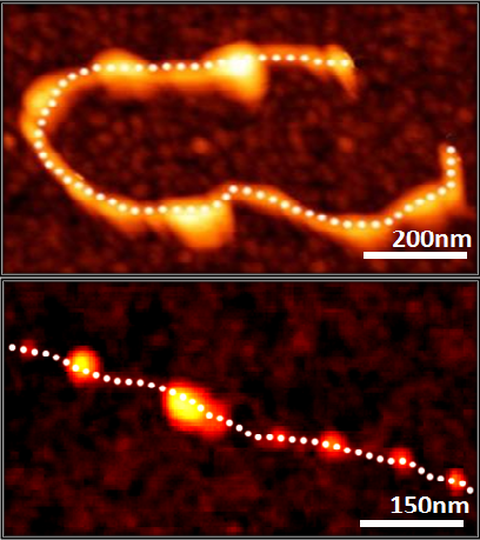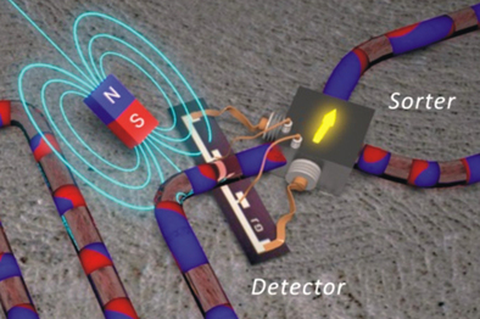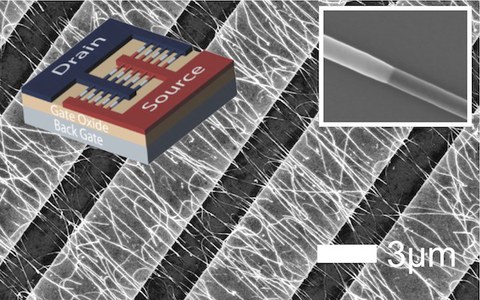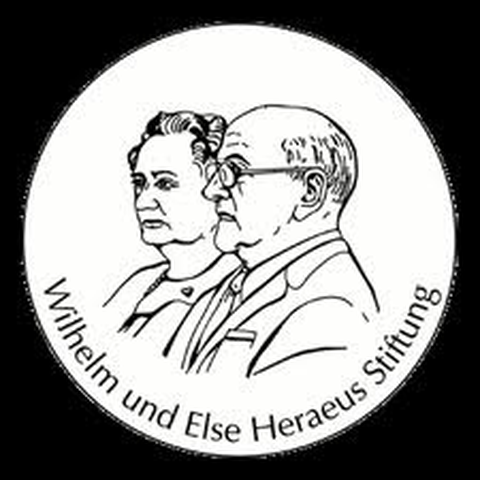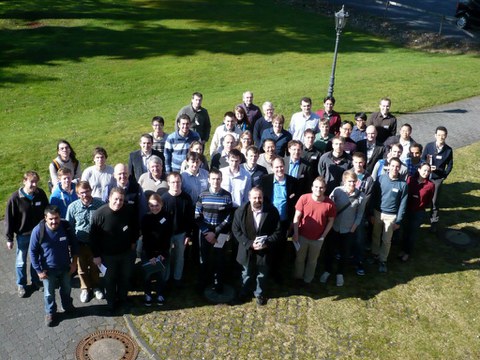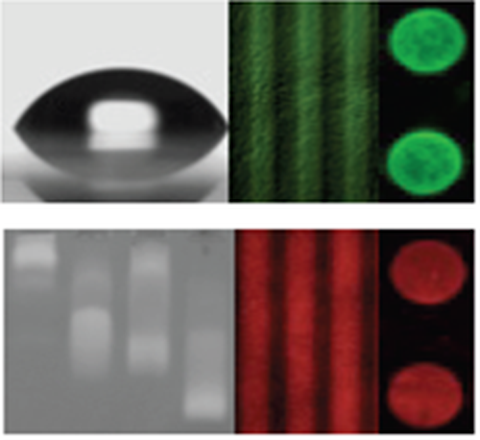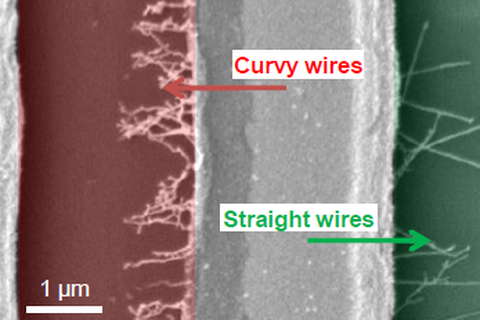InnovaSens - Interdisciplinary Approach to develop innovative sensor technology
Our Vision: Point-of-Care Diagnostics from the Nanoscale
Recent Highlights
Again a highlight for students: 4th Research Buffet
The Research Buffet offers the students of the Technical University of Dresden the opportunity to get a impression of current research topics at our chair.
Come and visit us on Tuesday, November 18th at 5pm at the Max-Bergmann Centre for Biomaterials, Budapester Str. 27, Dresden, Seminar room ground floor.
Copper Nanowires Synthesis by Directed Electrochemical Nanowire Assembly
by C. Schmädicke et al.
We present the growth of high aspect ratio copper nanowires with diameters of about 100 nm and a length of up to several micrometers via directed electrochemical nanowire assembly (DENA).
Droplet based microfluidics meets silicon nanowire sensor
by J. Schütt et al.
Julian Schütt contributed with a poster to the EMBL Microfluidics Conference in Heidelberg, Germany from 23-25 July 2014.
EMBL Conference Microfluidics 2014
Presentation of our microfluidic droplet analyzer at Nanofair 2014
by R. Illing and J. Schütt
We presented an automated machine operating a large amount of nanoliter aqueous reservoirs, which is capable of performing in-vitro cells testing and potentially pharmacological assays providing rich statistical data output. The existing technology enables encapsulation of the living microorganisms into tiny emulsion droplets, allows to label each reservoir and finally, the long time monitoring of the cells population behavior using incorporated UV-Vis and fluorescent detector.
A clear perspective of the technique are in vitro studies of living cells, diagnostics of bacterial infections, as well as high throughput drug screening and food quality analysis. Next to interesting talks about the microfluidic device we were also presenting our group Bionanosensorics headed by Dr. Larysa Baraban. Here we explained the visitors the scientific objects of the group.
Phage-based Microarray Development for Phage Display Related Receptor- Analyte Interaction Studies
by C. Pahlke et al.
Claudia Pahlke contributed with a poster to the Advances in Biodetection & Biosensors conference in Berlin, Germany.
Advances in Biodetection & Biosensors
A droplet based fluidic device for single Paramecia cell trapping and viability measurements
by R. Illing et al.
Rico Illing contributed with a poster to the Lab-on-a-Chip European Congress in Berlin, Germany. Here you can find a link to the official conference website:
Lab-on-a-Chip European Congres
Book chapter by L. Baraban et al. “Lab on a wire: application of silicon nanowires for nanoscience and biotechnology”
edited by D. M. Kim and Y.-H. Jeong, Springer 2014
Synergy between biochemistry, medicine and material science during last decade has led to a tremendous scientific progress in the fields of biodection and nanomedicine. This tight interaction led to the emergence of a new class of bio-inspired systems. These systems are based upon utilizing nanomaterials such as nanoparticles, carbon nanotubes or nanowires as transducers for producing novel sensor devices, or sophisticated drug delivery agents.
The concept of “lab on a wire” is introduced as a set of approaches to engineer the nanowires and to enrich their functionality and potential applications in nanoscience and biotechnology
High yield formation of lipid bilayer shells around silicon nanowires in aqueous solutions
by L. Römhildt et al.
Here we propose a route to merge these two subsystems and report on the formation of highly concentrated aqueous solutions of silanized silicon nanowires wrapped in a lipid bilayer shell. Such aqueous solutions are a versatile tool for characterization purposes and are relevant for newly emerging bioinspired electronics and nanosensorics.
L.Römhildt, A. Gang, L. Baraban, J. Opitz and G. Cuniberti, Nanotechnology, 24 355601
Bio-functionalization of multi-walled carbon nanotubes
by A. Majumder et al.
We present a hybrid approach to functionalize multi-walled carbon nanotubes in aqueous solution, exploring a non-covalent binding strategy. We focus on formation of hybrid complexes consisting of carbon nanotubes decorated by single stranded DNA, non-covalently attached using surfactants as intermediate layers.
A. Majumder, M. Khazaee, J. Opitz, E. Beyer, L. Baraban, G. Cuniberti, Phys. Chem. Chem. Phys. 2013,15, 17158-17164
Magnetoresistive emulsion analyzer
by G. Lin et al.
We realize a magnetoresistive emulsion analyzer capable of detection, multiparametric analysis and sorting of ferrofluid-containing nanoliter-droplets. Our method offers important complementarity to conventional optical approaches involving ferrofluids, and paves the way to the development of novel compact tools for diagnostics and nanomedicine including drug design and screening.
G. Lin, L. Baraban, L. Han, D. Karnaushenko, D. Makarov, G. Cuniberti, O.Schmidt Scientific Reports, 2013, 3, 2548
Parallel arrays of Schottky barrier nanowire field effect transistors: Nanoscopic effects for macroscopic current output,
by S. Pregl et al.
Parallel arrays of bottom up grown silicon nanowire Schottky-barrier field effect transistors (SB FETs) were fabricated. The nanoshaped metal contacts lower the effective Schottky-barrier and lead to higher current densities compared to bulk devices.
Organisation of 526. Wilhelm und Else Heraeus-Seminar Functional Magnetic Nanomembranes,
by L. Baraban, D. Makarov, C. Ortix in Physikzentrum Bad Honnef (4-6th of March 2013)
Strukturierte biochemische Funktionalisierung von SiO2 Sensoroberflächen zur optischen Detektion verschiedener Analytkonzentrationen,
presented by L. Roemhildt and C. Pahlke at Deutsches Biosensor Symposium in Wildau (11-14th of March, 2013).
Bottom-up synthesis of ultrathin straight platinum nanowires: electric field effect,
by A. Nerowski et al.
We present a route to fabricate the ultrathin high aspect ratio platinum nanowires, which are electrochemically grown in dilute H2PtCl6 solutions. The electric field distribution in the vicinity of the growing nanowires is found to be responsible for their straightness and morphology.
A. Nerowski, J. Opitz, L. Baraban, G. Cuniberti, Nano Research, DOI 10.1007/s12274‐013‐0303‐0

